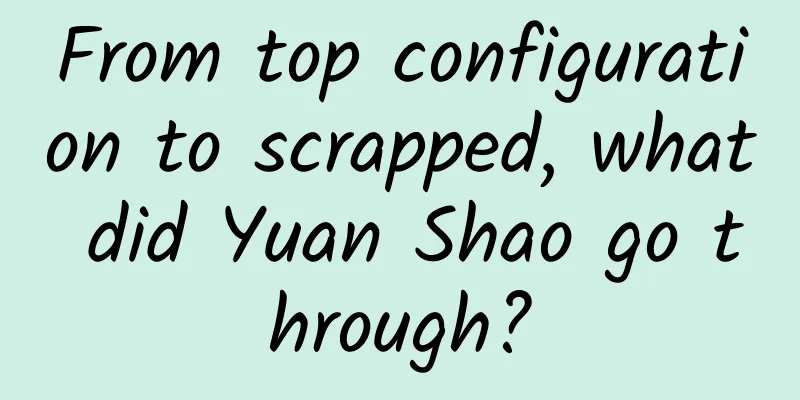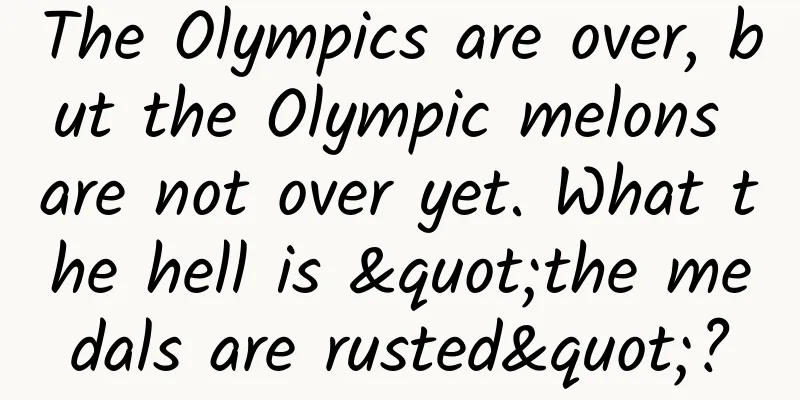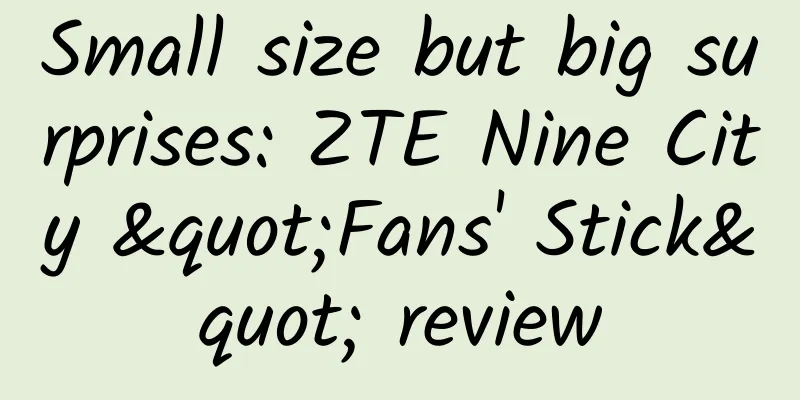Several practical methods to limit EditText input characters in Android development

|
In Android development, it is often necessary to limit the input characters of EditText. Here are several different implementation methods. Using InputFilterLimit the input by implementing the InputFilter interface. For example, limit the input length to 10. Regular expression to determine whether the input is Chinese: Using TextWatcherTextWatcher can be used to monitor text changes and enforce restrictions on input, such as checking if the input contains certain characters and removing characters that are not letters or numbers. Using XML attributesUse attributes in XML to restrict EditText input characters, such as android:inputType and android:digits. Please enter only numbers: Only 0~9 lowercase a~z can be entered: Customizing EditTextFor more complex requirements, you can implement input restrictions by customizing the EditText control. Precautions
|
Recommend
Chinese scientists built a neutrino telescope 3,500 meters below the sea. What can they see?
Xinhua News Agency, Shanghai, January 8 (Reporter...
#千万IP创科学普# How to charge safely when riding in winter?
Recently, the temperature has been slowly droppin...
Xinxiang Mini Program Development Company, how much does it cost to make a film and television mini program?
Xinxiang Mini Program Development Company, how mu...
Luckin Coffee-Tips for activating new users!
Aha Moments There are many ways to attract new us...
How much does it cost to invest in the Xiaogan appointment mini program? What is the investment price for the Xiaogan appointment mini program?
Xiaogan appointment app investment promotion is g...
Teacher Wei Chunyang's 2021 "Institutional Trading Code" Intraday Text Live Broadcast + Post-Market Video Teaching
Introduction to Teacher Wei Chunyang's 2021 &...
Wave power: a treasure of marine resources
Wave power generation is a clean and efficient po...
Suihua Mini Program Agency Company, how much does it cost to be an agent for an e-book mini program?
Is it easy to be an agent of Suihua e-book mini p...
How did Wu Chunhong receive more than 2.62 million yuan in state compensation? What is the specific situation?
How did Wu Chunhong receive more than 2.62 millio...
How to avoid remote work failures: DingTalk, WeChat for Work, or Lark, which one is more suitable for you?
The COVID-19 pandemic has brought online office w...
Juxian "Taobao Virtual Store Project" virtual product selection, prevention technology, non-violation gameplay, etc.
Introduction to the content of the training course...
How to quickly lock in users and achieve satisfactory promotion results?
Every industry takes two things into consideratio...
Hu Q&A丨Why do nuclear submarines run so fast?
Where do nuclear submarines run faster? First, ru...
QQ Kandian advertising format and material specifications!
QQ Kandian is a high-quality content consumption ...









